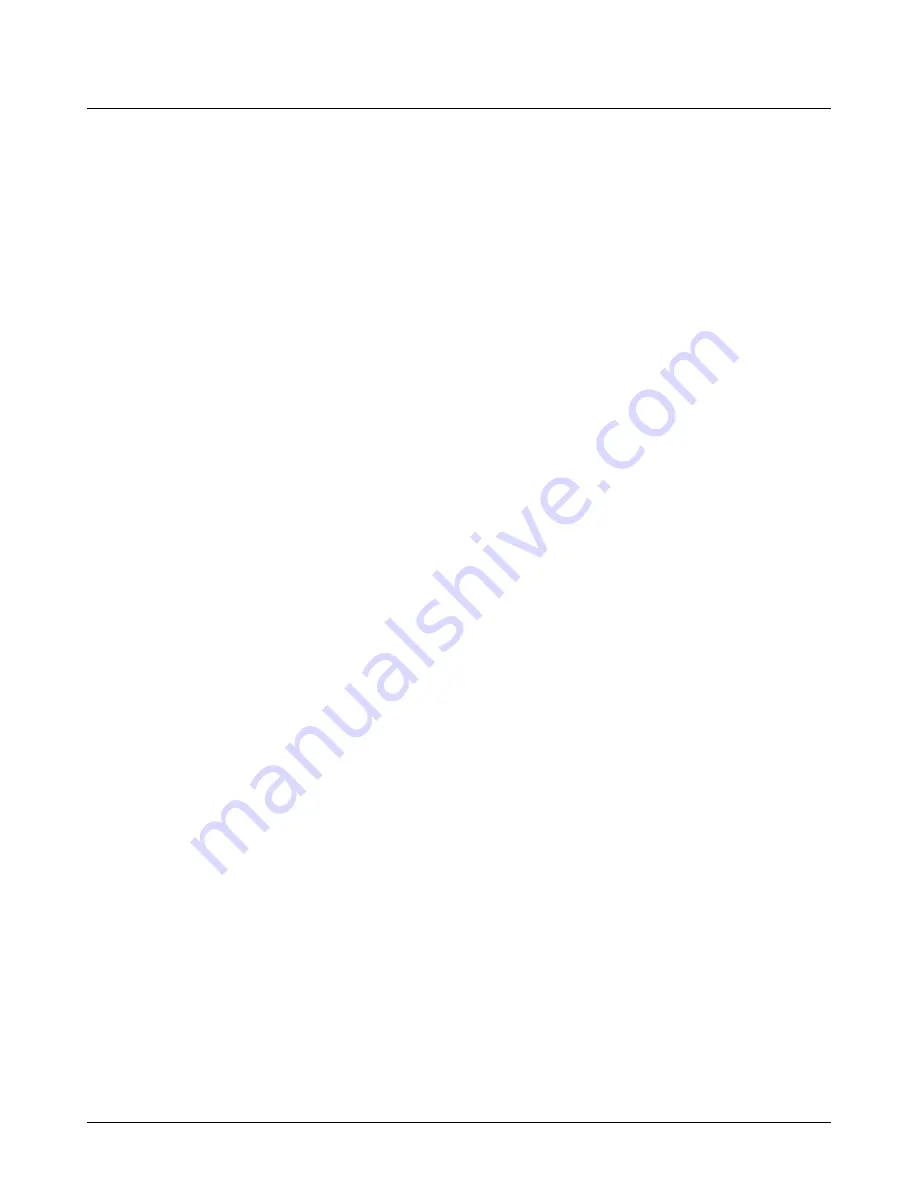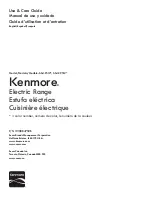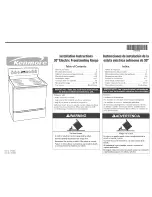
1
Be Safe
Warning! Accessible parts will become hot in use. To avoid
burns and scalds, children should be kept away.
You need clean fresh air – so does your cooker. Burner flames
produce exhaust gases, heat and moisture. Make sure that
the kitchen is well ventilated. Keep natural ventilation holes
open or install a powered cooker hood that vents outside.
If you have several burners on or use the cooker for a long
period of time, open a window or turn on an extractor fan.
For more detail see the Installation Instructions.
Gas and Electricity on
Make sure that the gas supply is turned on and that the
cooker is wired in and switched on. The cooker needs
electricity.
Peculiar Smells
When you first use your cooker it may give off a slight odour.
This should stop after a little use.
Installation Safety Instructions
This appliance must be installed by a competent person
and in accordance with the installation instructions.
The installation must comply with the relevant
regulations and also the local electricity supply company
requirements.
If you smell gas:
•
DO NOT turn electric switches on or off
•
DO NOT smoke
•
DO NOT use naked flames
•
Do turn off the gas at the meter or cylinder
•
Do open doors and windows to get rid of the gas
•
Call your gas supplier
This appliance must be installed by a competent person in
accordance with the installation instructions. The installation
must comply with the relevant regulations and also the local
electricity supply company requirements.
This appliance is designed for domestic cooking only. Use for
any other purpose could invalidate any warranty or liability
claim.
The use of a gas cooking appliance results in the production
of heat and moisture in the room in which it is installed.
Ensure that the kitchen is well ventilated: keep natural
ventilation holes open or install a mechanical ventilation
device, (mechanical extractor hood).
Prolonged intensive use of the appliance may call for
additional ventilation, for example opening a window, or
more effective ventilation, for example increasing the level of
mechanical ventilation where present.
1. Safety
The range should be serviced by a qualified service engineer
and only approved parts used. Have the installer show you
the location of the range circuit breaker. Mark it for easy
reference. Always allow the range to cool and then switch
off at the circuit breaker before cleaning or carrying out any
maintenance work, unless specified otherwise in this guide.
All parts of the range become hot with use and will
retain heat even after you have stopped cooking.
Take care when touching range, to minimize the
possibility of burns, always be certain that the
controls are in the OFF position and that it is cool
before attempting to clean the range.
Clean with caution. If a wet sponge or cloth is used to wipe
spills on a hot surface, be careful to avoid steam burns. Some
cleansers can produce noxious fumes if applied to a hot
surface.
Clean only parts listed in this guide.
Do not spray aerosols in the vicinity of the range
while it is in use.
Do not store or use combustible materials, or flammable
liquids in the vicinity of this appliance.
Take great care when heating fats and oils, as they will ignite
if they get too hot.
Use a deep fat thermometer whenever possible to prevent
overheating fat beyond the smoking point.
Never leave a deep fry pan unattended. Always
heat fat slowly, and watch as it heats. Deep fry pans
should be only a maximum of one third full of fat.
Filling the pan too full of fat can cause spill over
when food is added. If you use a combination of oils
or fats in frying, stir them together before heating,
or as the fats melt.
Foods for frying should be as dry as possible. Frost on frozen
foods or moisture on fresh foods can cause hot fat to bubble
up and over the sides of the pan. Carefully watch for spills or
overheating of foods when frying at high or medium high
temperatures. Never try to move a pan of hot fat, especially a
deep fry pan. Wait until the fat is cool.
When an oven is on, do not use the top of the flue (the round
holes along the back of the range) for warming plates, dishes,
drying dish towels or softening butter.
Take care that no water seeps into the appliance.
Make sure that your kitchen is well ventilated at all times. Use
extractor fans or hoods when installed.
The range is designed for cooking foods only and must not
be used for any other purpose.
The oven should NOT be used for heating the kitchen, not
only does this waste fuel but the control knobs may become
overheated.
When the oven is on DO NOT leave the oven door open for
longer than necessary.




































